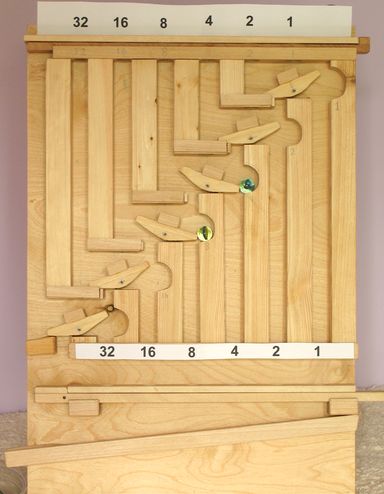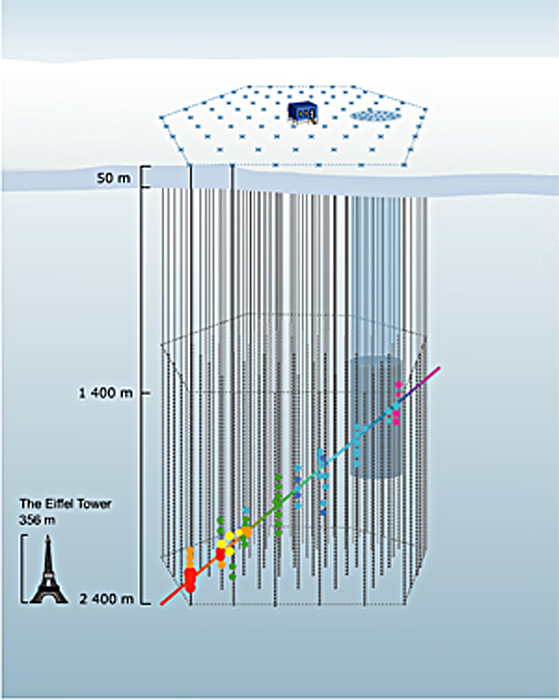
A press release from Purdue University describes the effect of greenhouse gas emissions on “heat stress,” using the diagram above to illustrate the difference in effect between accelerated emissions (top) and decelerated emissions (bottom). A description from the web page:
“This image illustrates heat stress in the 21st century for two greenhouse gas emissions scenarios. The top panel shows the expected intensification of the severity of extreme hot days given accelerating increases in greenhouse gas concentrations. The bottom panel shows the expected decrease in intensification associated with decelerated increases in greenhouse gas concentrations.”
(I apologize for the nearly illegible size… The Purdue website offers up the diagram in the teeny-tiny size above, or print quality, which I assumed would be excessive.)
There are a couple of things I find odd (and counterintuitive and frankly counterproductive) about the diagram…
Firstly, the color spectrum used in this false-color representation of the data feels wrong to me, since it ranges from cool blues through warm oranges and reds and thence to… The beginnings of a cool violet? Particularly since we’re talking about temperature (well, sort of) here, and most people have grown accustomed to weather maps colored by temperature. Stopping at red gives you plenty of color resolution. (And maybe next time, you can choose something other than the garish rainbow colors?)
A more egregious error permeates the diagram, however. Perhaps we can simply call this the “apples and oranges&rduo; issue: two images, side-by-side, offered up for comparison, need to share enough to allow for easy comparison. I last blogged about this in relation to an NCAR visualization of Hurricane Katrina, but the idea is simple enough: don’t ask the viewer to do unnecessary work in interpreting your imagery, because unnecessary work leads to unnecessary risk of miscommunication. In the case of the two images above, the color bars are flipped for no apparent reason, so increasing values get warmer (in hue) on the top and cooler (in hue) on the bottom. Why? Also, the scale of the two color bars changes, running from 3 to 8 on top and from –3 to 0 on the bottom. Why? Why? Why?
(Well, okay, I can acknowledge one drawback in this particular case. Since the two datasets do not overlap, coming up with a single colorbar would be a little tricky; indeed, you’d almost need to insert an intermediate model showing, say, no change in greenhouse admissions, which would presumably result in values in between. But the issue of inverting the colorbar still stands: “red on top bad, red on bottom goooood” simply leads to confusion.)
I find behavior of this sort annoying when watching a scientist presenting data in a talk, but as part of a press release, it just saddens me. My fear is that the folks in the university press offices don’t even try to fix these problems… Perhaps because they don’t care, but perhaps because they don’t even think the data should be easily understood.
Hmmm. Maybe it’s time for a Tufte-like “Graphics 101” for science types? I looked for such a thing just now, but I didn’t find anything. Anyone reading know of such a thing?










